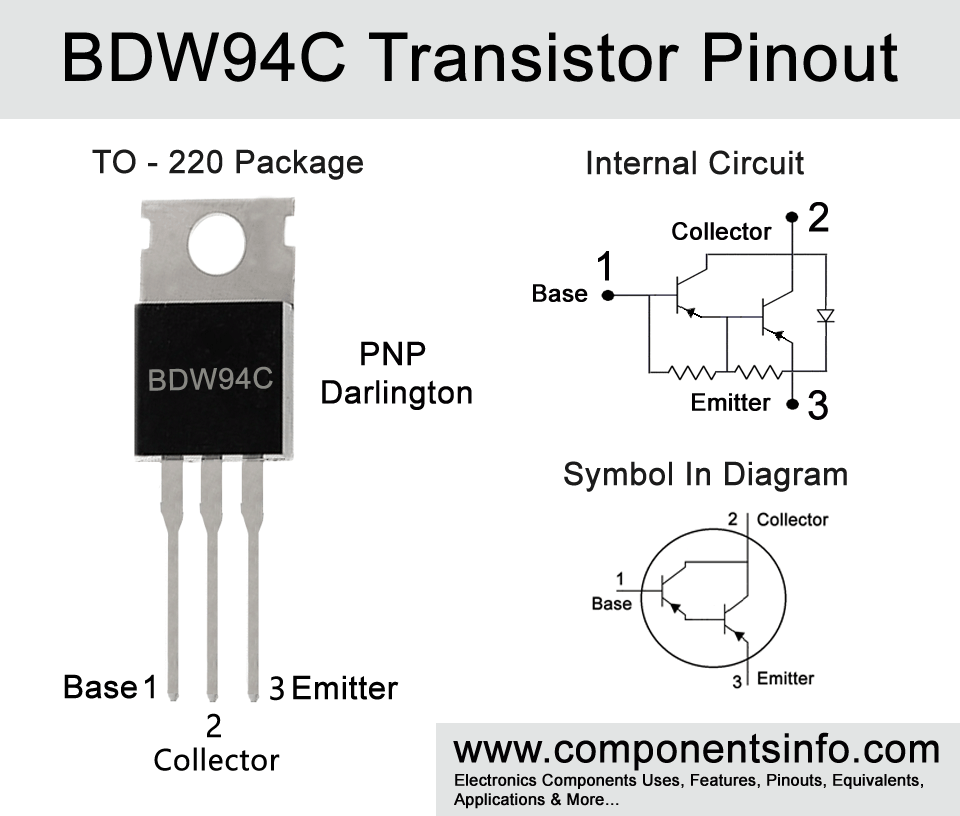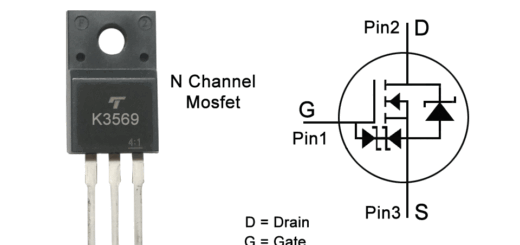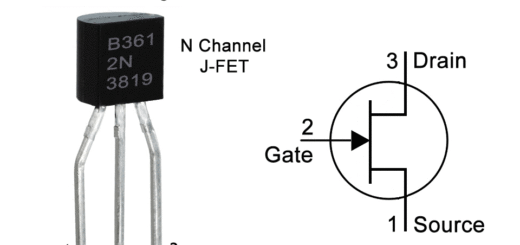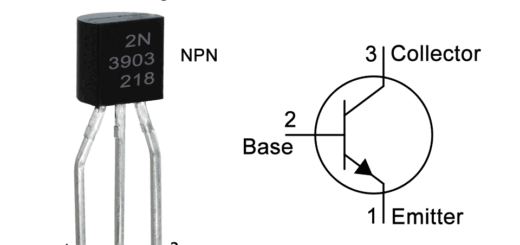BDW94C Transistor Pinout, Equivalent, Features, Application and Other Info
In this article we are going to discuss about BDW94C transistor pinout, equivalent, features, application and where and how to use this transistor.
Absolute Maximum Ratings:
- Package Type: TO-220
- Transistor Type: PNP Darlington
- Max Collector Current(IC): -12A
- Max Collector-Emitter Voltage (VCEO): -100V
- Max Collector-Base Voltage (VCBO): -100V
- Max Emitter-Base Voltage (VEBO): -5V
- Max Continuous Base Current: 2A
- Max Collector Power Dissipation (Pc): 80 Watt
- Minimum DC Current Gain (hFE): 750 to 20000
- Max Storage & Operating temperature: -65 to +150 Centigrade
NPN Complementary:
NPN Complementary of BDX94C is BDW93C
Replacement and Equivalent:
BDT88, BDT86, Low voltage equivalents are BDW94, BDW94A and BDW94B
BDW94C Transistor Explained / Description:
BDW94C is a PNP package transistor available in TO-220 package designed for use in alternator regulators, motor control for both AC and DC, audio amplification, etc. It is a PNP Darlington transistor which means it contains two similar transistors in a single package which are internally connected in a special way to increase the gain to the transistor to a great extent. The transistor is capable of driving load of upto -12V and the load voltage can be upto -100V. The maximum emitter-base voltage of the transistor is -5V, max base current is -0.2A and max collector power dissipation is 80W. Moreover, the DC current gain of the transistor is from 750 to 20000.
When looking from the front (part number side) to the pins of the transistor the first pin is Base, second is Collector and the third is Emitter.
The transistor is also available in other three versions which are BDW94, BDW94A and BDW94B. All these versions are almost the same except for their collector-emitter voltage and collector-base voltage but if your load in under -45V then you can use any of them alternatively.
Where We Can Use it & How to Use:
The transistor is designed to be used in motor control, audio amplifiers, alternate regulators, switching and electronic ignition but you can use it for a wide variety of other purposes.
If you want to use this transistor in your circuit first of all check its pin configuration and if you want to use it as a switch then connect its base with the input signal to which you want to drive this transistor or load connected to it, after that connect its collector pin with the positive supply and connect its emitter pin with the positive side of the load and the negative side of the load will be connected with the negative supply of the circuit. Now for using it as an amplifier, it should be noted that the amplifier circuit is different from the switch circuit and also requires additional information such as what output power you require, etc. So first of all collect all the requirements and then start building your circuit.
Applications:
Relay Drivers
Motor Control
Inverter Circuits
Voltage regulators
Switching regulator
Voltage Regulation
DC to DC Converter
Driver circuits
Audio power amplifier
Voltage inverters
Switching Circuits
Pulse Generator
LED Drivers
Motor Control
Audio Amplifiers
Battery Operated Applications
Safe Operating Guidelines:
Here are the operating guidelines of the transistor.
- To get long term performance it is important to not use the transistor to its absolute maximum ratings and say at least 20% below from its max ratings.
- So the maximum continuous collector current of the transistor is -12A therefore do not drive load of more than -8A.
- The maximum collector-emitter voltage is -100V so do not drive load of more than -80V.
- Additionally do not expose the transistor to temperatures below -55°C and above 150°C
Datasheet:
To download the datasheet just copy and paste the below link in your browser.
https://datasheetspdf.com/pdf-down/B/D/W/BDW94C_FairchildSemiconductor.pdf



